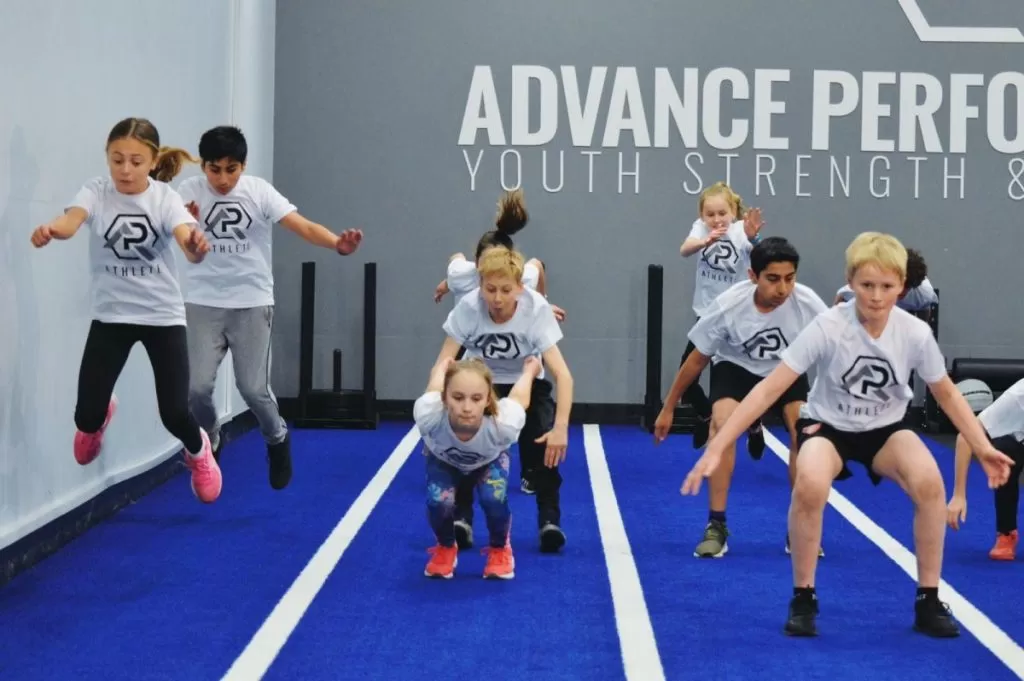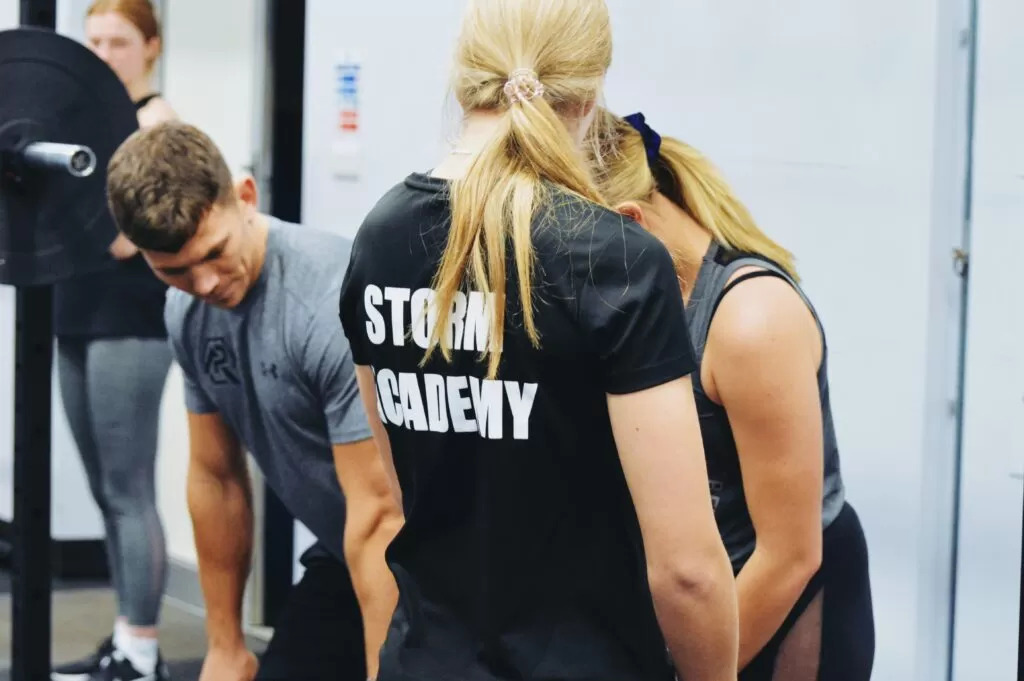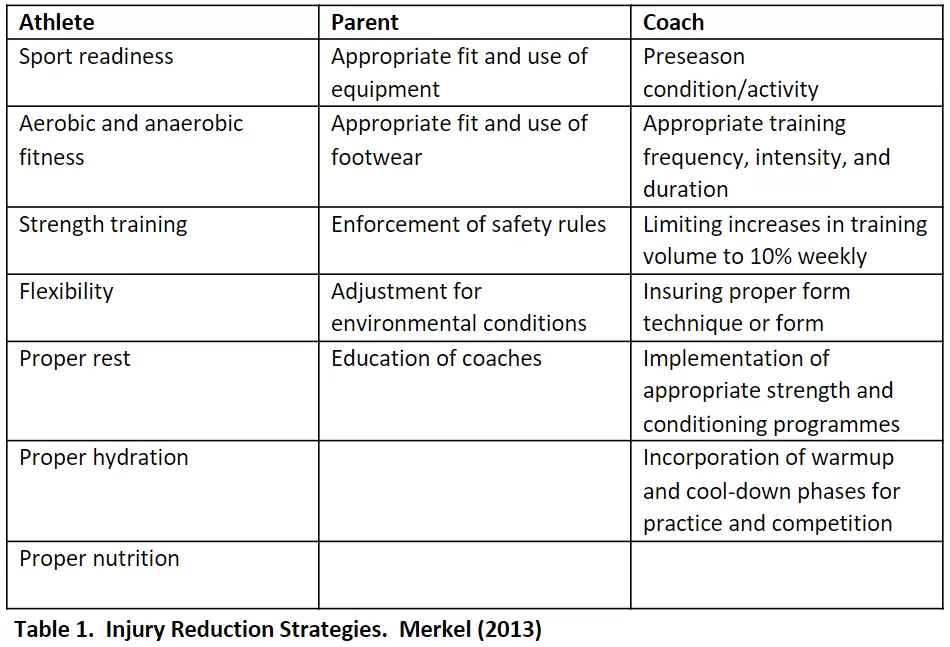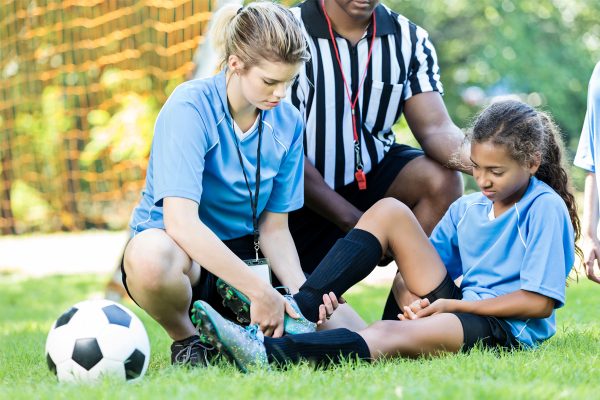Supporting and encouraging children (children under peak height velocity) and young people (growing through or above their peak height velocity) to play and participate in sport has well-established wellness and health benefits, including, general fitness improvements (Baranowski et al. 1992), social inclusion, motor skill(s) development, and increase in self-confidence (Howie et al. 2020).
With youth sport participation rates high, averaging in England around 84% (Lange, 2020) between the years 2008 – 2018 (football and swimming being reported as the most popular sports), from the surface this seems highly positive, especially in a technological world where it’s believed that children and young people are sedentary, and a sedentary behaviour is driving obesity levels (we will review child/young people obesity levels in a forthcoming blog). However, and this is a big however, according to Merkel’s Review on youth sport (2013), the researcher discussed both the positive and negative aspects of youth sport and young athletes and highlighted the massive trend in youth-sport related injuries. The review reported that youth-sport related injuries are a key factor at driving attrition rates, with 70-80% young people not engaged in sport as they reach the age of 15 years old.
This is extremely concerning news, and we, as coaches need to consider what is going on. As in most musculoskeletal injuries (sport-related injuries) the aetiology is multifactorial, and it is difficult to state causation, however with the increase in poor or low readiness/preparedness to start playing sport (Purcell, 2005), along with early specialisation or sport specialisation (playing one sport throughout the year) (McClelland, 2016), these factors may be increasing the frequency of youth-sport related injuries.
Overuse Injuries
According to Brenner (2007), overuse injuries tend to effect bone (joint cartilage), muscle, tendon and or musculotendinous junction, and the term overuse injury, arises from the constant and repetitive action/movement, leading to stress (on the bone, joint, tendon and/or musculotendinous junction). Without adequate time to rest and recover, which would allow the tissues to heal, this leads to pain. Unfortunately, reports have indicated that 50% of youth sport related injuries can be associated or related to overuse injuries (Dalton, 1992).
As children and young people are obviously growing and maturing, growth and development have been suggested as a key risk factor, especially with young people moving through or after their peak height velocity (Bult et al. 2018; Sluis et al. 2015), as this is where you see a rapid changes in long-bone growth, compared to muscle and tendons, which may alter length tension relationships, leaving joint structures vulnerable to overuse injuries (Kriz, 2011).
Examples of overuse injuries are constantly reported in the research, for instance, Patellofemoral Pain (PFP), general pain around the kneecap, is highly common in young athletes, with 30% of young athletes reporting this condition (McNerney and Arendt. 2013). Furthermore, young female athletes have a greater risk of developing PFP, especially if they specialise in one sport, compared to young female athletes who participate in multi-sports (Hall et al. 2015).
Other common overuse injuries, which also have an association with growth and development, are Osgood Schlatter disease and Severs Disease. Osgood Schlatter disease effecting the knee leading to pain, swelling and tenderness and Severs Disease effecting the heel. With the average age of Osgood Schlatter reported at 12.7 years old (boys) and 11.5 years old (girls) and Severs disease 10 years old (boys) and 9.4 years old (girls) (Lau et al. 2008), this suggests that overuse injuries are linked with peak height velocity ages, and thus the frequency of youth-sport, along with practice sessions needs to be considered to possibly reduce overuse injuries.
Sport Specialisation
Sport specialisation is becoming more frequent with even younger children, with sport specialisation focusing on participating in one-sport throughout the year (Hecimovich 2004). Perhaps, from a practice or specific skill aspect, this sport specialisation may seem logical, with the thinking that ‘more practice is better’. However, we have just reviewed that 50% of all youth-sport injuries are linked with a type of overuse (with a greater risk in or after peak height velocity). Therefore, this concept of sport specialisation or one-sport approach needs a lot of consideration, as young athletes report fewer injuries when participating in multi-sports compared to single-sport/sport specialisation, especially before puberty (American Academy of Pediatrics, 200).
Exposing children to a multi-skilled activity programme will drive fun and a host of motor skills. Sports participant for young children should still be viewed as skill development, with the main aims of the activities being based on fun and social development.

Young athletes, on the other hand, should be encouraged to participate in a strength and conditioning programme, along with multi-sports, with sports competition being of a later importance. This will help to vary their training and development, leading to more skilful and robust young athletes, as collectively neuromuscular training (variation in training strategies to develop strength, balance, and agility) has been used to reduce injuries in youth sport (Emery et al. 2015).

Reducing the Risks
As growth and sport specialisation (playing only one sport throughout the year) are constant risk factors to developing an overuse injury, we need to consider that all parties; the athlete, coach and parents have a role in reducing youth-sport injuries. From the review by Merkel (2013), the researcher did a great job of identifying the different responsibilities for each party (table 1).

Practical Applications
At Advance Performance and the Lab, we constantly give guidance to coaches, PE teachers and sport coaches on the importance of neuromuscular and motor skill development. We also try and give guidance on reducing sport specialisation and encourage young athletes to start a journey in strength and conditioning (mostly preparedness and reediness training).
Using our software and Athlete App, we can easily deliver a range of activities, keeping our athletes training varied, engaging and fun. Additionally, we empower and encourage our young athletes to record their training data so that we can monitor their development and fatigue level.
Our vision at Advance Performance is to support sport coaches and parents in the delivery of a fluid LTAD programme, minimising overuse injuries any barriers to strength and conditioning.
References
American Academy of Pediatrics. (2000). Committee sports medicine and fitness. Intensive training and sports specialisation in young athletes. Pediatrics, 106, 154 – 157.
Baranowski, T., Bouchard, C., Bar-or, O., Bricker, T., Heath, G., Kimm, S.Y.S, Malina, R., Obarzanek, E., Pate, R., Strong, W.B., Truman, B., & Washington, R. (1992). Assessment, prevalence and cardiovascular benefits of physical activity and fitness in youth. Medicine and Science in Sports and Exercise, 24(6), 237 – 247.
Brenner, J.S. (2007). Overuse injuries, overtraining and burnout in child and adolescent athletes. American Academy of Pediatrics, 119(6), 1242 – 1245.
Bult, H.J., Barendrecht, M., & Ramon, I.J. (2018). Injury risk and injury burden are related to age group and peak height velocity among talented male youth soccer players. The Orthopaedic Journal of Sports Medicine, 6(12), 1 – 10.
Dalton, S.E. (1992). Overuse injuries in adolescent athletes. Sports Medicine, 13, 58 – 70.
Emergy, C.A., Roy, T.O., Whittaker, J.L., Nettel-Aguirre, & Van Mechelen, W. (2015). Neuromuscular training injury prevention strategies in youth sport: a systemic review and meta-analysis. Br J Sports Med, 0, 1- 7.
Hall, R., Foss, K.B., Hewett, T.E., & Myer, G.D. (2015). Sports specialisation is associated with an increased risk of developing anterior knee pain in adolescent female athletes. Journal of Sports Rehabilitation, 24(1), 31 – 25.
Hecimovich, M. (2004). Sport specialisation in youth: A literature Review. JACA, 41(4), 32 – 41.
Howie, E.K., Guagiano, J.M., Milton, K., Vella, S.A., Gomersall, S.R., Kolbe-Alexander, T.L., Richards, J., & Pate, R.R. (2020). Ten research priorities related to youth sport, physical activity, and health. Journal of Physical Activity and Health, 17(9), 920 – 929.
Krizz, P. (2011). Overuse injuries in the young athlete. Medicine and Health, 94(7), 203 – 208.
Lange, D. (2020). Children’s sports participation in England 2008 – 2018.
https://www.statista.com/statistics/421116/childrens-sports-involvment-e…
Lau, L.L., Mahadev, A., & Hui, J.H.P. (2008). Common lower limb sports related overuse injuries in young athletes. Ann Acad Med Singapore, 37, 315 – 319.
Malina, R.M. (2012). Movement proficiency in childhood: implications for physical activity and youth sport. Kinesiologia Slovencia, 18(3), 19 – 34.
McClelland, J.J. (2016). Early sport specialisation. Overuse injury and burnout. Otterbein University, Health and Sport Sciences, 7, 1 – 42.
McNerney, M.G., & Arendt, E. (2013). Anterior knee pain in the active and athletic adolescent. Current Sports Medicine Reports, 12(6), 404 – 410.
Merkel, D.L. (2013). Youth Sport: positive and negative impact on young athletes. Open Access Journal of Sports Medicine, 4, 151 – 160.
Purcell, L.K. (2005). Sport readiness in children and youth. Paediat Child Health, 10, 343 – 344.
Van der Sluis, V., Elferink-Gemser, M., Brink, M.S., & Visscher, C. (2015). Importance of peak height velocity timing in terms of injuries in talented soccer players. Int J Sports Med, 36, 327 – 332.



